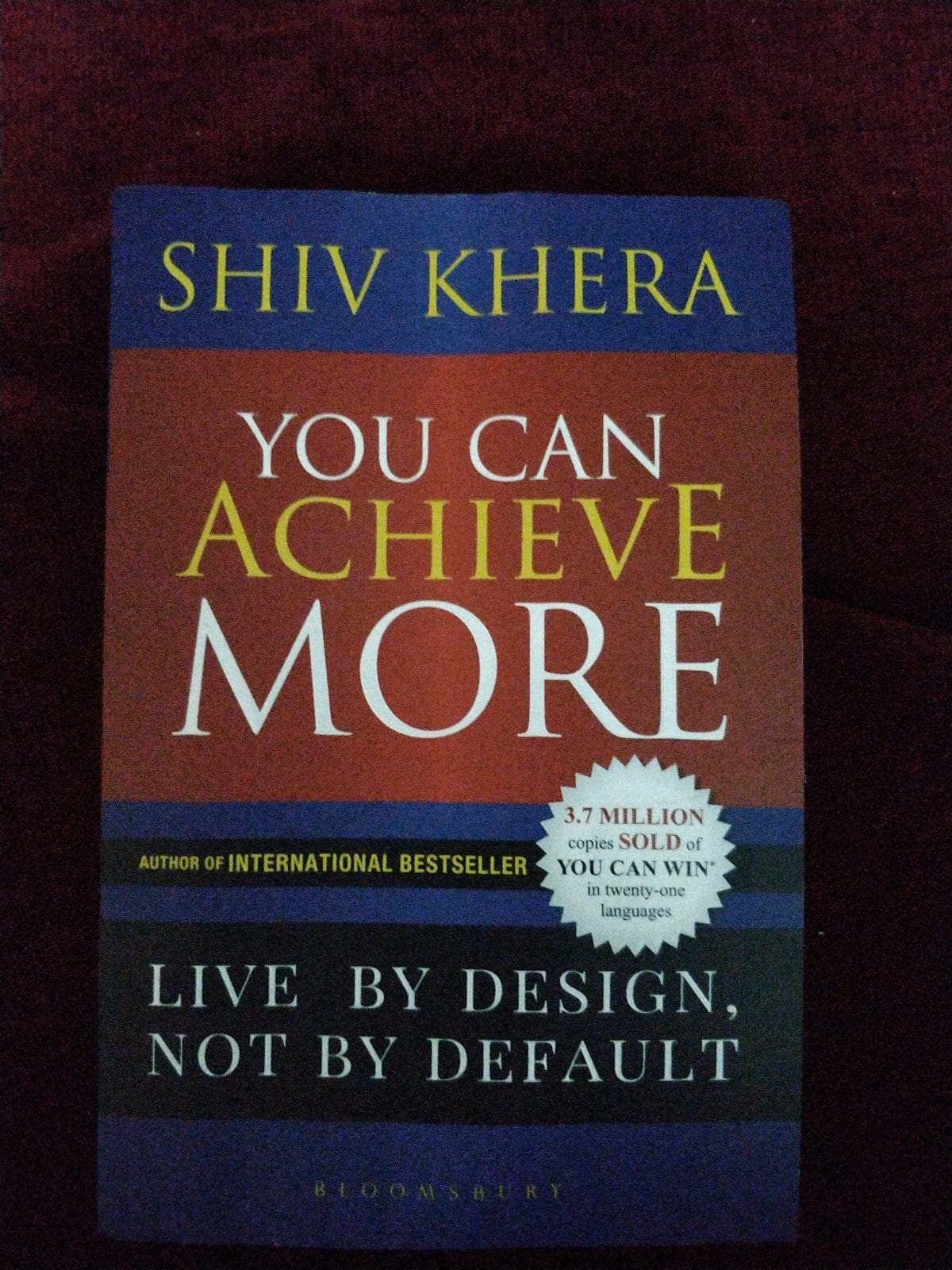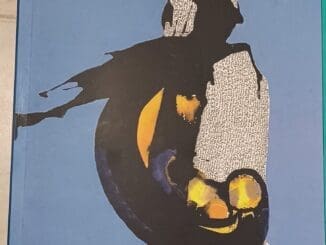
The Era of Dharmasthapana
(Disclaimer: Contains mild spoilers. Oh well! It’s a familiar story in every Indian household.)
Parva is but a renowned chronicle narrated differently. We grew up listening to the epic of Mahabharata from parents and grandparents, watched it on TV in the form of various television series, and even read it in whole or in parts.
We know of the righteous Yudhishtir, the eldest of Pandava brothers, of Bheema the mighty hulk who killed the demon Bakasura, the skillful and ambidextrous Arjuna, the twang of whose Gandheeva (the name of his bow) sent quivers into the hearts of his enemies, Bheeshma the pita maha, the sworn bachelor Godfather of the Kuru family, Krishna an incarnation of God himself, and so on. We know their stories and we know them as legends and heroes!
But, have we thought about what they are as individuals, as people who eat, drink, feel, and think like us? You will when you read this book. Bhyrappa gets a little personal here, rather more than a little. He takes us into the privacy of the thoughts of these characters – What were their feelings during various situations, how did they react to them, how their relationships with other characters were like, what was their perception of various circumstances they faced? Each had his or her own definitions of rights and wrongs.
The book opens with the thoughts of the king Shalya of Madra kingdom. The Great War is approaching and both Kauravas and Pandavas are seeking support from the kings of other provinces. They now need to take either of the sides. What they choose defines their understanding of Dharma! Shalya would, of course, favor the Pandavas, as two of the brothers are his nephews, but his son thinks differently. He is confused by the fact that the virtuous Bhishma whom he idolizes, is favoring Kauravas.
Meanwhile, there is the looming apprehension of marrying off his granddaughter, Hiranyavati, who is way past “the age”! So the story develops with debate and arguments between father and son as to the right thing to be done.
The storyline leaps from the perspective of one character to that of another in each chapter. After Shalya it is Kunti, Bheema, Draupadi, Arjuna, Yuyudhana, and others. As the narrative proceeds towards the war, it goes back and forth recounting the major events through the characters’ reveries as they recall and reflect on the past. As they analyze their situations, they wonder at the could-haves and should-haves, they question their destinies, ponder over the rights and wrongs of the actions and decisions of the past.
Overall, the saga revolves around and converges to one question – WHAT IS DHARMA (Righteousness)? The answer through the eyes of its different characters is stretched from black to white through different belief systems resulting in multiple shades of grey.
Elements of realism in Parva
Parva, narrated as historical fiction is placed in the time of 12th century B.C in India after days of travel and profound study of five years in the social, political, economic, and cultural aspects of that period.
The practice of polyandry, for instance, has existed in villages of the present-day Himachal and also in other places, which seems to have rooted in Draupadi’s times. Fraternal polyandry is still in practice as a way of life in some of the Himalayan communities.
The Sootha community is described to be comprised of the king’s illegitimate children born to servants. The kings used to be gifted with women as slaves during their marriages. And this also explained the 100 children of king Dhritarashtra. While only 14 sons and a daughter were born to Gandhari, the rest were of the king’s slaves. While these slaves married the servants of the kings and raised their own families, they were at the disposal of the king whenever he required their services. Their husbands raised these children like their own. They were not recognized as princes but as soothas. They were bound to serve the kings as cooks, charioteers, blacksmiths, carpenters, and other vocations.
Krishna who is said to have many wives were marrying women who were widowed victims of war and providing them with shelter, respectable lives, and a name to their children. These women would otherwise fall prey to atrocities and abuse from soldiers and rogues. Polygamy was rampant probably due to the dearth of men. It was also a matter of pride for the kings.
Dharmakshetre Kurukshetre
“Though Hastinavati had rivers, we have been put up in this darned place where the water source is so far away. This is so unlike our country which is rich with streams and glistening waters. Let’s go back!” said one of them, trying to scrub himself with the little water he had managed to find. There was not enough to wash his clothes with.
“Yes yes, let’s all go back.” agreed another.
“So do you say that Kunthi’s children belong to the Kuru clan?”, quipped a third.
“Who are Kunthi’s children? Which is the Kuru clan, again?”, asked the first guy.
“Don’t you know that, idiot? We are now waging war against Kunthi’s sons, and Kuru clan is of the folks from Hastinavati.” the second guy displayed his knowledge.
“Are you saying that this Kunthi is not a son of the Kuru clan?” a fourth person who was overhearing the conversation joined in. The knowledgeable one laughed at this, while others blinked cluelessly not realizing the mistake.
“Fools! You are all fools! No wonder people make fun of us folks from the mountains as simpletons. Do you call yourself Aryas, when you barely know anything about the Kaurava family?”, he said, laughing at the ignorance of the others.
“We don’t even belong here. We had to travel for about 25 days, even further from the kingdom of Gandhara. What do we have to do knowing all this? It is not this hot in our place. I don’t’ like it here, I want to go back.” Said the first guy miserably.
Such are the likes of a war. As you go down in the hierarchy, those at the lower rungs are clueless about the whats and whys of the war they are fighting. Especially the non-fighting population like the cooks and servants of the kings who are tagged along into the war vicinity without a choice.
The Kauravas successfully accumulate huge masses of army and assistance from kings of various provinces with tact, manipulation, and bribery. Some are true allies who are loyal supporters, some are bound to stick with them due to obligations, some give in to the power and riches and some others are coerced into joining them. He welcomes them to his kingdom with extravagant hospitality leaving each of them in awe. Victory is certain while everyone is wallowing in pride at the vast majority that has joined together.
While we already know who fought whom, who fought for whom, who survived and how others died, Parva tells you what each of them thought about the war before, during, and of those who remained, after the war. It gives you a verbal sketch of the soldiers and warriors trenching to the war field, the confusion and chaos of war and fills the gap between the known events. The picture of the problems with respect to the supply of food, water, shelter, and sanitation at their camps during the war gets intricately carved in your mind.
It talks of war strategies, politics, cheating, differences of opinions, discord within team members. Every bit of the narration echoes of tragedies, injustice, disgrace, insult, revenge, anguish, melancholy of the different characters.
What began with pomp and grandeur and royal hospitality dissolves into food and sleep deprivation, rotting bodies, and the stench of mismanaged human and animal excretion. The worst thing about a war is what it leaves behind and realization of its pointlessness, death and loss, widowed women and orphaned offspring. Despair!
In conclusion:
It is a very fascinating insight into the Mahabharata, demythicalizing the heroes, stripping them of their superpowers and depicted as mere mortals – like humans who are facing the ramifications of the worst enemies of the mind; kama (lust), krodha (anger), lobha (greed), moha (attachment), Mada (pride or arrogance), and matsara (jealousy). Parva reveals the deepest, darkest depths of the psyche of the characters. It also highlights the bane of patriarchal society, power politics, and the gross objectification of women.
While some people would find this blasphemous, it is indeed a treat for rational thinkers. There is humor, drama and the animated narrative keeps the thrill alive till the end. Mahabharata is not one story but an inventory of stories within stories. Reproduction of such an epic by throwing light from various angles, replacing the supernatural with human elements, and a detailed delving into human psychology, all the while sticking to the original story-line can only result in a master-piece.
धर्मो रक्षति रक्षितः |
_________________________________________
About the Author of this Review: This Review is by Nivedita Baliga on one of SL Bhyrappa’s most debated and popular works. It is translated into all major Indian languages along with English and has won numerous awards.
The Author is an alumnus of the Manipal Institute of Technology and Vaikunta Baliga College of Law currently practicing at Shivamogga. She is an avid reader, writer, blogger, and human rights advocate with a vast knowledge base and experience serving society.
This book has been translated into many languages and you can buy them from the following links –
1. English – Parva: A tale of war, Peace, Love, Death, God, and Man
2. Kannada – ಪರ್ವಾ
3. Hindi – पर्व
It is also available in all major languages of our country.




Be the first to comment